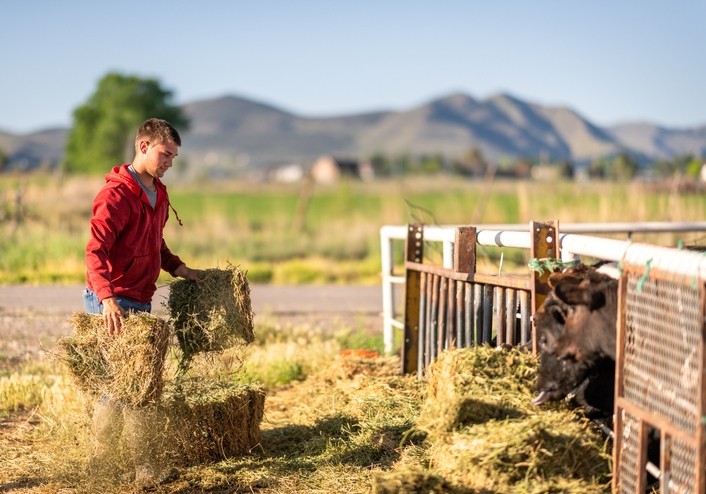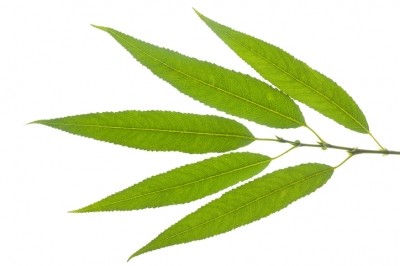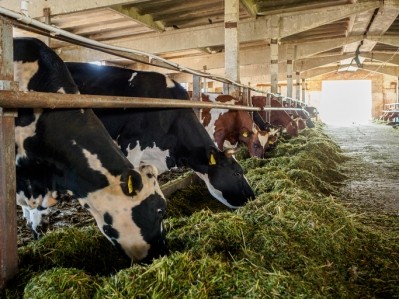Climate resilience and on-farm profitability: Project looks to improve the productivity of forage-based production systems in US

Two members of the Agricultural Economics and Agribusiness Department of the University of Arkansas in the US will be working on research, grant funded to the tune of $500k from USDA-NIFA, that is part of a larger US-wide project on studying and promoting perennial forage systems.
Di Fang, associate professor and James Mitchell, assistant professor and extension livestock economist, will be gauging consumer sentiment as well as evaluating any health and economic benefits of meat products from livestock raised on such inputs.
The grant is part of efforts by the US Department of Agriculture (USDA) to increase US farm production by 50% while reducing the environmental footprint for production by 40% by 2050.
The use of perennials can aid in conserving soil and water quality, it said.
The USDA’s National Institute of Food and Agriculture (NIFA) has set aside $10m in total for the study of perennial forage systems. That US-wide project is led by the University of Wisconsin-Madison and involves a team of more than 50 researchers and stakeholders from 23 universities, two USDA-Agricultural Research Service centers, as well as 12 farmer organizations, industry groups, non-governmental organizations and government agencies.
Innovation focus
“The project is interested in finding ways to integrate diverse perennial forage and crop circular systems into the existing agriculture landscape,” Mitchell told FeedNavigator.
The prevailing crop system in the US is annual crop monocultures based on corn and soybean rotations. Perennial forage or cropping systems are systems which include perennials in the rotation: grasses and legumes, for example, targeted at livestock feed, through either hay or grazing.
Most cattle in the US will be raised in a forage-based agricultural production system for at least some portion of their life. “Economically, cattle allow us to utilize a resource (perennial forages and legumes) that would otherwise have no direct market," said the livestock economist.
"Forage-based agricultural production has always been important to the agricultural economy in Arkansas," noted John Anderson, head of the University of Arkansas Agricultural Economics and Agribusiness Department. "This project will provide a tremendous opportunity to explore innovative ways to improve the productivity of forage-based production systems, as well as to capture additional environmental and social benefits from those systems."
Fang said her work will "estimate consumers' and society's valuation of agricultural products generated from diverse perennial circular systems, as well as identifying and evaluating key health and social benefits of diverse perennial circular systems."
Climate resilience
In addition to working with Fang on the consumer elements, Mitchell said he would be providing estimates of the economic benefits of certain farm management choices.
"For the protein sector, sustainability has been a buzzword used in academic, industry and policy discussions," he said. "I am ultimately interested in finding research-driven solutions that foster climate resilience, environmental sustainability and on-farm profitability."








